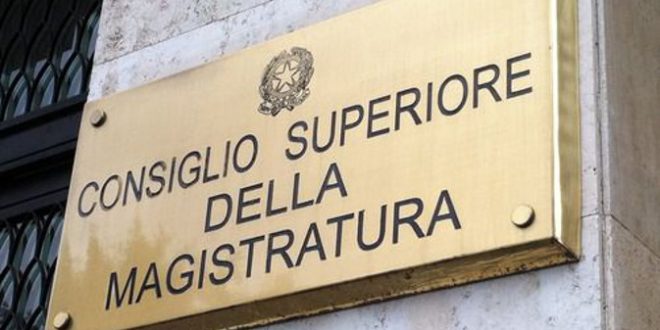What happened in the CSM on Amara’s minutes?

Loggia Hungary and CSM: the night of crows, pigeons and birds of prey. The analysis of the Rosario Livatino study center
The new disconcerting story that calls into question the CSM, and together with it the Public Prosecutor's Office of Milan, raises serious questions about the conduct followed by the various protagonists, which require prompt and immediate answers. Let's see which ones.
1. It seemed that the story ended after a massive hunting expedition had allowed the most dangerous bird of prey to be shot: Palamara, the dominus of the so-called 'Sistema'. But this is not exactly the case; other birds, perhaps even more dangerous, hover in the gray sky of the Italian judiciary. The new story that upsets the judicial universe this time seems to be the result of a particularly widespread "variant", such as to carry the contagion far beyond the borders of the robed world.
Let's proceed in order and start from the facts. The outbreak of the contagion – or, at least, its "certification" – occurs when the counselor of the CSM Nino Di Matteo receives a copy of an interrogation report made to the Milan Public Prosecutor's Office by this lawyer. Piero Amara, who has already emerged to the honors of the judicial chronicles in the story that is at the origin of the misfortunes of Luca Palamara: the content of the report concerns an alleged 'covered' Masonic lodge in which various men of the institutions would be involved, not just magistrates.
The fact itself evokes at least two figures of birds: there was a pigeon who took charge of delivering the message, and one or more crows who packed the message to be delivered. Commendable operations? Certainly not.
2. The first question arises: why do crows and pigeons enter the scene? Is it legitimate to think that this initiative – it is repeated: beyond the censurability of the same – was dictated by the need to uncover a reality hitherto kept hidden?
Second question: hidden by whom? The most direct answer leads to another director of the CSM, Dr. Piercamillo Davigo : the latter would have received, first and not anonymously, the copies of the documents with the declarations of the lawyer. Amara and – according to media information – he would have generically and confidentially reported it to two members of the Presidential Council, when according to the CSM regulations he should have formally transmitted the documents themselves to the Presidency Council and this, in turn, to the first Commission.
Third question: it concerns the reason for such conduct. Why would Dr. Davigo, known for his meticulous knowledge of procedural rules and those that regulate relations between institutions, would not have followed the provisions of the CSM regulation? Why was a member of the Council reached by those declarations in the latter seat? And why did the two members of the Presidential Council, hearing the news from Davigo, not ask him to be formalized, putting them in writing?
3. The most important profile of the story, however, is that of the merit of the statements made by the lawyer. Amara to the Milan Public Prosecutor's Office. Here the questions are prioritized from a logical and chronological point of view, even without entering into the reliability of the statements, which are not known, except for what has been reported by the newspapers. Given that the deputy prosecutor is so called precisely when he has a hierarchical and functional dependence on the public prosecutor who gives him formal delegation to follow the criminal proceedings, why the Milan prosecutor who collected those declarations felt he had to give a copy to a councilor of the CSM, skipping the head of his office on foot?
To set that advisor apart from the content of the declarations received or also, perhaps above all, to inform him of the differences that have occurred with his Chief Prosecutor about the decisions to be taken as a result of such declarations? And for what reason it was decided not to take the institutional paths to bring out the contrast (which is in fact, beyond the assurances of the Milan Prosecutor)?
The questions do not end there. There is also the one concerning two daily newspapers, up to the previous episode always prompt to publish excerpts of minutes, without going too far as to whether or not they were filed in the process, and which now instead give lessons in ethics, and for this reason they trash the copies illegally removed from investigative secrecy. But they do not clarify why in the past they had not regulated themselves in the same way.
It is a duty that, each for the part that belongs to him, the questions mentioned above are answered without reticence and without delay. It is the only way to dispel the darkness that looms over the judicial institutions, on this night which – to paraphrase Hegel – more than "black cows" is of birds all wrapped in a worrying darkness, which does not distinguish anything or anyone.
Article published on centrostudilivatino.it
This is a machine translation from Italian language of a post published on Start Magazine at the URL https://www.startmag.it/mondo/che-cosa-e-successo-nel-csm-sui-verbali-di-amara/ on Mon, 03 May 2021 19:26:16 +0000.
